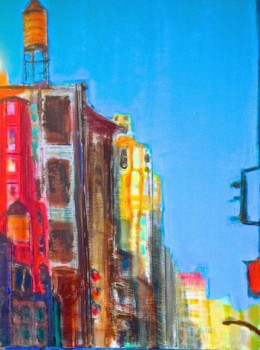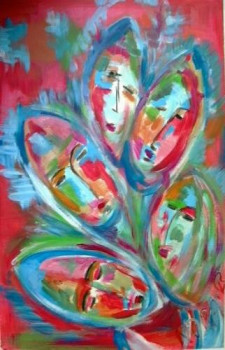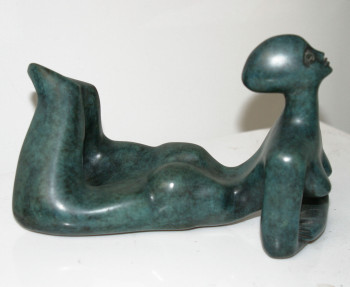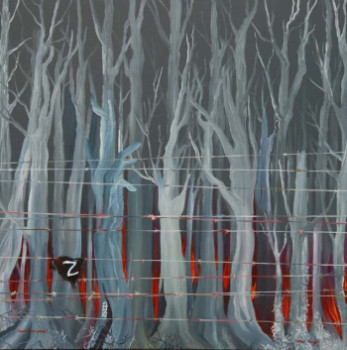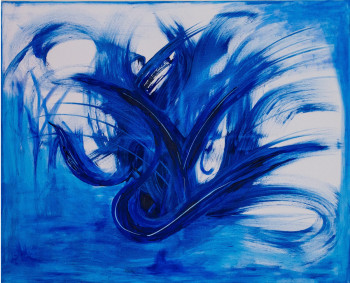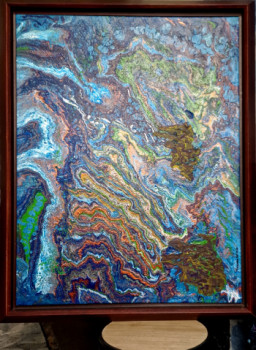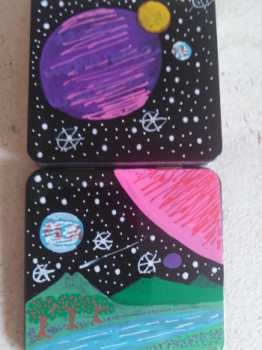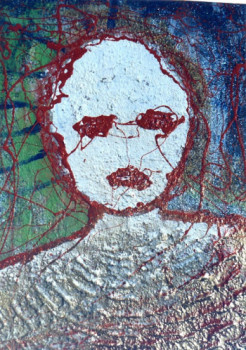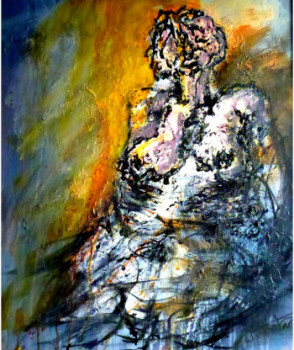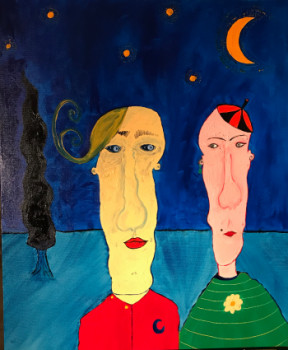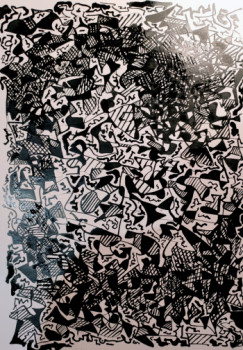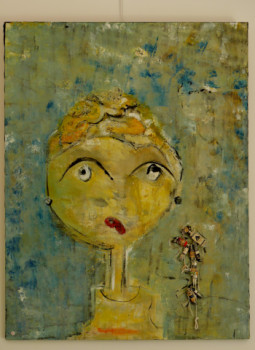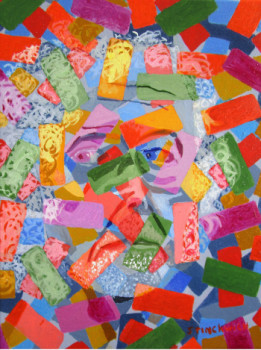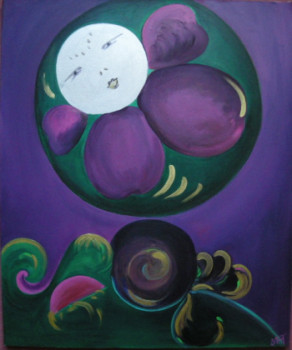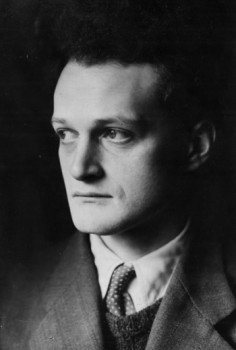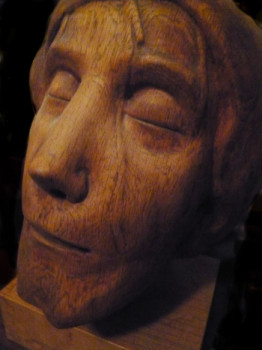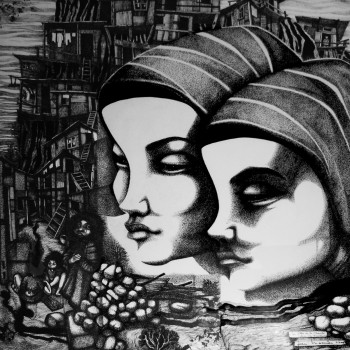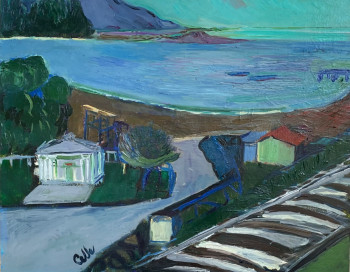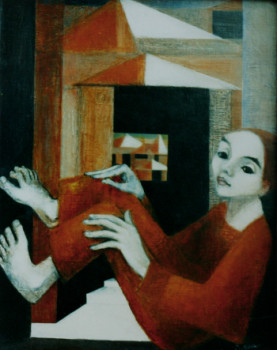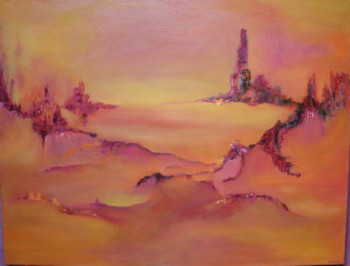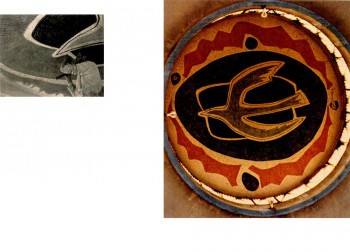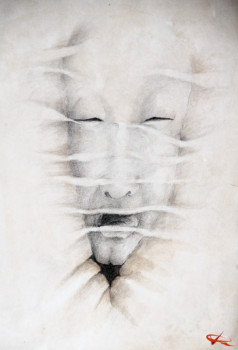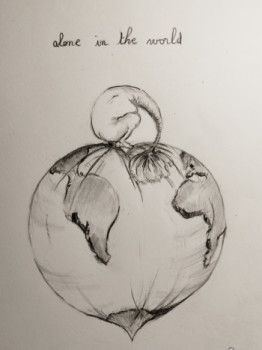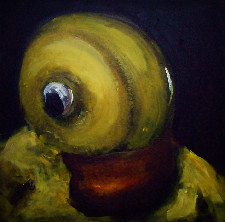
Edvard Munch, the Norwegian painter of the “Scream” and states of the soul
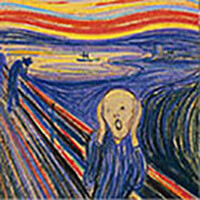
The Scandinavian painter and engraver Edvard Munch (1863-1944) was, throughout his life, accompanied by the misfortunes (death, illness, heartbreak). Painting, as an outlet to express the pangs of the human soul and feelings, led her to produce singular and often autobiographical, like «The Scream». This painting, an expression of anguish, is a masterpiece many times taken up and twisted by contemporary artists .
The Tragic Youth of Edvard Munch
The young Edvard Munch is touched; from the age of 5 (1868) by misfortune and disarray. While he was born near Oslo in a bourgeois and loving family, second of 5 children, his mother died suddenly of tuberculosis. Edvard's father, aged 50 years old, is a very religious, almost mystical, military doctor. Edvard and his older sister Johanne-Sophie were raised by his aunt, an artist like his mother, who encouraged them to pursue their careers. draw to overcome their grief. But his sister died before his eyes in 1879 from the same scourge, which haunted him and made him decide to die. becoming a painter in 1980. His first canvas « The Sick Child », painted Paris, came out in 1885 and was very poorly received, with its spectral light and its shocking subject (his sick sister and tuberculosis). He painted it in 5 versions during his life, like an obsession.
A life filled with travel and heartbreaking memories (between 1886 and 1894)
From 1885, he hung out with the anarchists and the bohemia of Christiania, the artists gathered in a circle around the author Hans Jaeger. They travel to Belgium and live a decadent life, which will anger him with his father and aunt. In accordance with Jaeger's radical thinking, he wants to show in his drawings the torments caused by modern life.
In 1885, first trip to France Paris to study the great masters at the Louvre and the Salon, but he would have to wait until the end of 1889, after a major exhibition of his art at the Salon. Christiania (Oslo), to return to Paris with a 3-year scholarship. He learns of his father's death by chance in the newspaper, when he has just left his luggage there. He then painted «The night» (1890), an expression of melancholy, inspired by neo-romantic lyricism and his own feelings in the face of violence. the death of his father. We find the same atmosphere in the painting « Inger the beach » (1889) with its winding coastline.
At the end of 1891, he exhibited the fruit of his work in Norway. Paris and made the first sketches of his iconic painting « The Scream » (which came out in 1893, but he also painted 5 versions, until 1917). « Death in the Sick Room » (1893) is a new representation of the death of Johanne Sophie, but strongly influenced by symbolism (Vincent Van Gogh) and Fauvism (Paul Gauguin) French.
In 1893, he left Paris for Berlin, where he lived. he joins the « Circle of the Black Pig » , a group of rebels united around aesthetics (symbolism) and a collective ideal (anarchist, libertine and mystic, bordering on Satanism). He spent time there with August Strindberg and other personalities, especially Scandinavian, until 1896. He was also imbued with culture. by the philosophy of Friedrich Nietzsche and Arthur Schopenhauer.
From existential anxiety to lonely depression
Painting artist already; tortured and traumatized through illness and death, he breaks down to death. from 1895 and went into depression. He loses one of his brothers and his other sister returns home. the psychiatric hospital that year. He continued to paint the same themes that obsessed him, but retreated into solitude, after a tumultuous and destructive love affair (she shot him in the hand in 1893) , then a breakup (in 1895), with Tulla Larsen. Painting becomes an outlet for his demons, and to his alcoholism, and a therapeutic tool to avoid total collapse.
Berlin, he had tried to lithography and engraving etching. From 1896 to In 1898, he returned to live in France and abandoned painting for graphic arts. With a printer, he produced color lithographs and his first wood engraving. Back to In Oslo, he engraved the matrices of the illustrations for a special issue of the newspaper Quickborn, on the author August Strindberg, and met Tulla Larsen, whom he took to trip to across Europe in 1899.
From symbolism to expressionism: journey and artistic encounters
The first works of Munch, of which we have spoken, are between neo-romanticism and symbolism of the states of the soul . He seeks to represent the feelings and sufferings of modern man, through symbols. The treatment of color itself is symbolic. We also find, in the large flat areas of color and the imprecise contours, the influences of French post-impressionism: the Fauvism of Gauguin and Van Gogh, but also pointillism. Romantic authors and poets, such as Mallarme, and German philosophers, are also sources of inspiration, as Munch's painting is an autobiography of the soul. He seeks to dig and lying on the canvas, the traumas buried in the dark recesses of his unconscious.
Very early recognized in Europe, as belonging to A new artistic era, the art of Edvard Munch speaks of subjects that are shocking, but representative of his era. Death, illness, jealousy and destructive loves are all subjects he knows by heart. He left many canvases or tempura paintings on cardboard, including a series of paintings in the pure vein of symbolism: the « The Frieze of Life » (late 1893-1894), which he describes as « a poem about Life, Love, Death ».
On Love, we can cite: the hold and the embrace in « Vampire » (1893), or in « The Kiss » (1897), fusion of two bodies into one disfigured being. by alienating passion. «The Legacy» (1897-1899) is a painting representing a mother suffering from syphilis (or “small pox”), the other disease of the century, who spits blood on the pale child, which she holds in her arms. On the macabre theme, we will remember «Death in the Sick Room» (1893) in particular.
He also creates realistic portraits and self-portraits, but full of symbolism, to show the solitude of man in the face of time which inexorably passes. In « Self-portrait between the clock and the bed » (1940-1943), he stands there, frozen. and stuck, between the time which passes on the clock and the bed, symbol of birth and death. In the background, we can see a bright and full studio, symbol of his life as an artist, soon to be over. The artist Edvard Munch likes to paint his friends (« Portrait of August Strindberg » in 1892) and his loves (« Caricatural portrait of Tulla Larsen » in 1905, which he will then cut into two parts). Munch devoted the end of his life to; commissions for full-length portraits, such as « The Four Sons of Doctor Max Linde » (1904).
It also gives pride of place to nature, to question the spiritual and existential quest of man. In « The Scream, the flaming red sky is sucked in by a vortex of anxiety. Interior and exterior realities merge, with imprecise and shifting limits, as during his hallucinatory crises (he was regularly interned from 1908, because of his alcoholism and his psychological problems). Forests, fjords, sky, cosmos, mountains are recurring themes. Towards the end of his life, he retired to his property, near Oslo, to paint almost only landscapes.
The paintings of Edvard Munch from 1893, and in particular « Le Cri », are 10 years ahead of German Expressionism at the beginning of the 20th century. So much so that it is considered as the pioneer and greatest Scandinavian exponent of expressionism. His other best-known painting, «The Madonna» (1894), is a good example. The most famous Scandinavian painter and engraver continues to inspire the contemporary artists in our ARTactif catalog.
Découvrez quelques oeuvres inspirées de Munch

